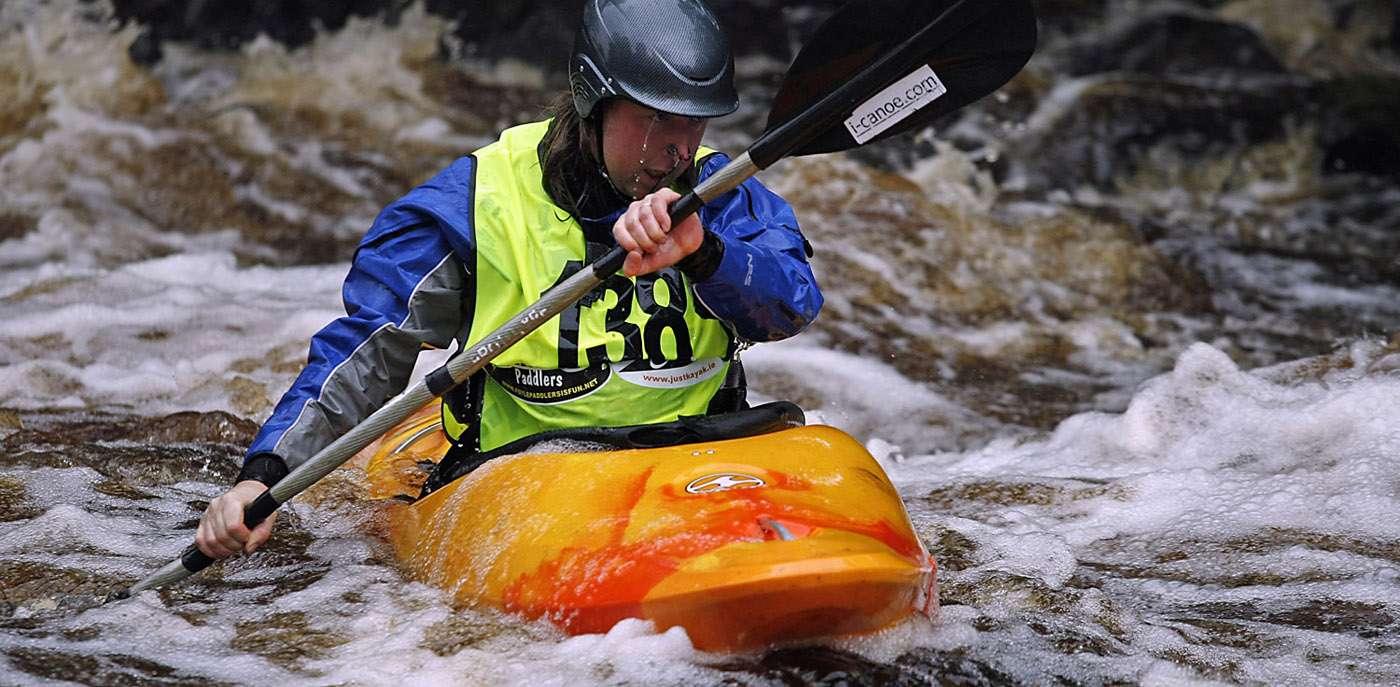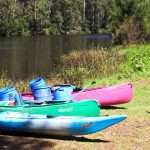Kayaking in open water can be a lot of fun but you do need to be aware of weather conditions before going out. Not only do you need to know information such as wind speed and direction, wave heights and tidal currents, before you go out on the water, but you should also pay attention to changes in cloud patterns that might affect you while you’re on the water. Knowing what the weather is doing and being prepared for it is the best way to have a safe, enjoyable trip.
Instructions
Step 1
Determine what direction the wind is blowing. On the day of your trip, check wind conditions to see if there have been any changes in wind direction. Wind can cause a lot of problems for kayakers, including causing a kayak to change directions. Generally, it’s better to paddle into the wind and use the wind to help you back rather than tire yourself out going out and have to fight the wind on the way back in.
Step 2
Look at local weather reports and see what the wind speed is. Consult the Beaufort scale, which tells you what kind of effect the wind would have on the water. Generally, 1 to 3 knots will cause small ripples in the water while a moderate breeze of 11 to 16 knots can cause waves of 1 to 4 feet in height.
Step 3
Consult marine forecasts to see how big the waves will be. Kayaking in bigger waves than you are comfortable with can cause you to capsize. Be sure to check how big the waves are before going out. Also be aware that on a kayak you are very close to the water so a two foot wave can seem bigger and more imposing than it actually is. An experienced kayak surfer may have no trouble riding a 3 to 6 foot wave. A novice kayaker should probably stay in water that’s calm (no wind) or has small 1 to 2 foot waves. However, even a “small” wave can upset a kayak if you’re inexperienced. Only you can know what kind of waves you are able to handle.
Step 4
Find about about any known currents in the area. Check with local outdoor recreation/boating/dive shops for inside knowledge on the area you will be kayaking in. If you are aware of currents in an area where you will be kayaking, you can get the latest tidal current charts from NOAA. It’s easy to be kayaking in what seems to be calm waters only to find yourself caught in a current.
Step 5
Check the clouds. Before you go out on the water and while you are on the water you need to aware of what’s happening with the clouds. Cirrus clouds are the highest clouds you’ll see and can signal turbulence coming in the next day or two. If cirrus clouds develop wispy tails you can be certain of turbulence. Thicker lower clouds are signs of wet weather developing. Dark, rolling clouds with ragged edges on the bottom indicate thunderclouds and you should certainly get out of the water if you have thunderclouds coming in your direction. You will also need to check and be prepared for fog.
Last modified: October 30, 2022


